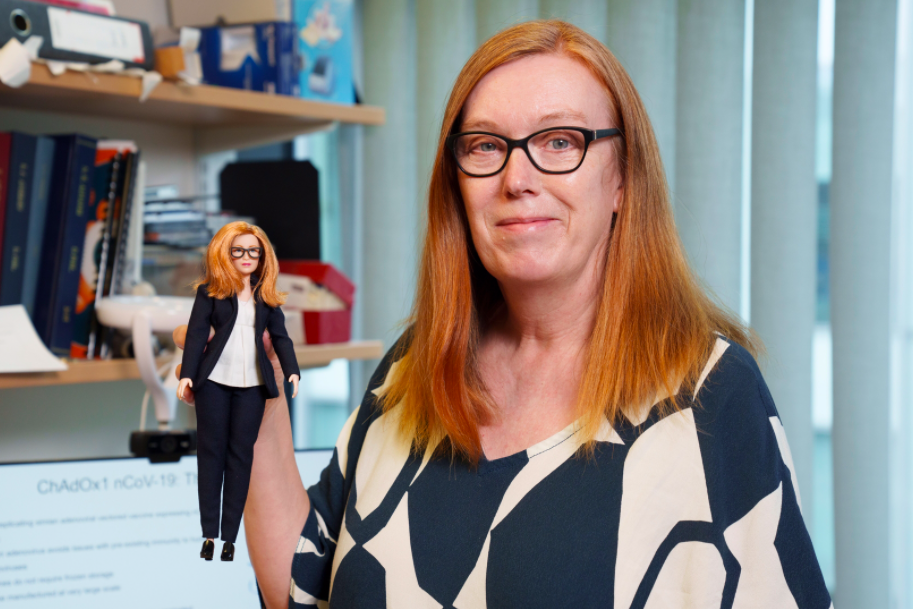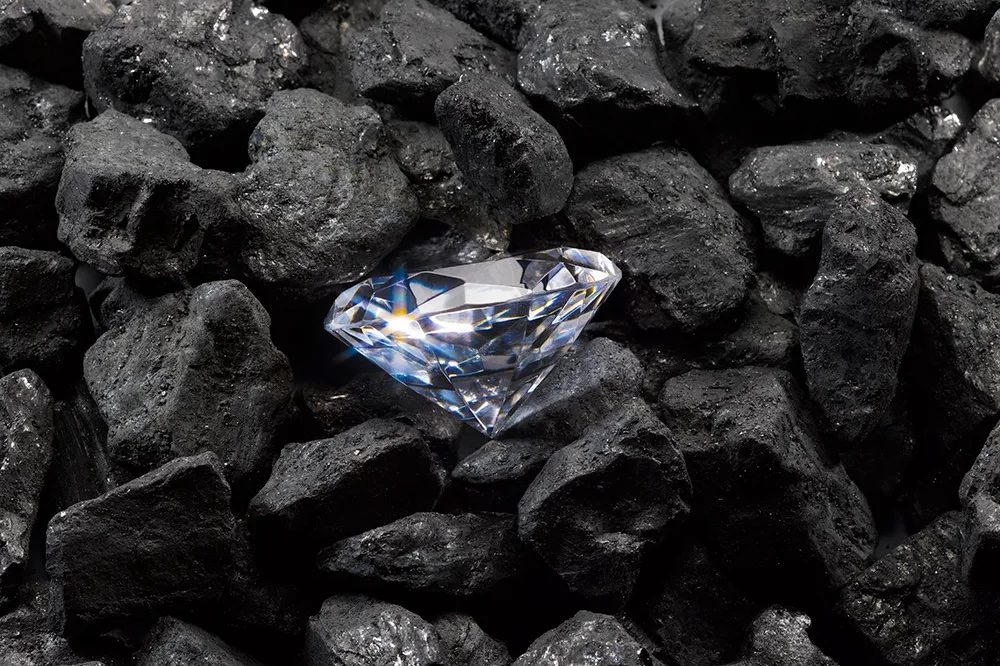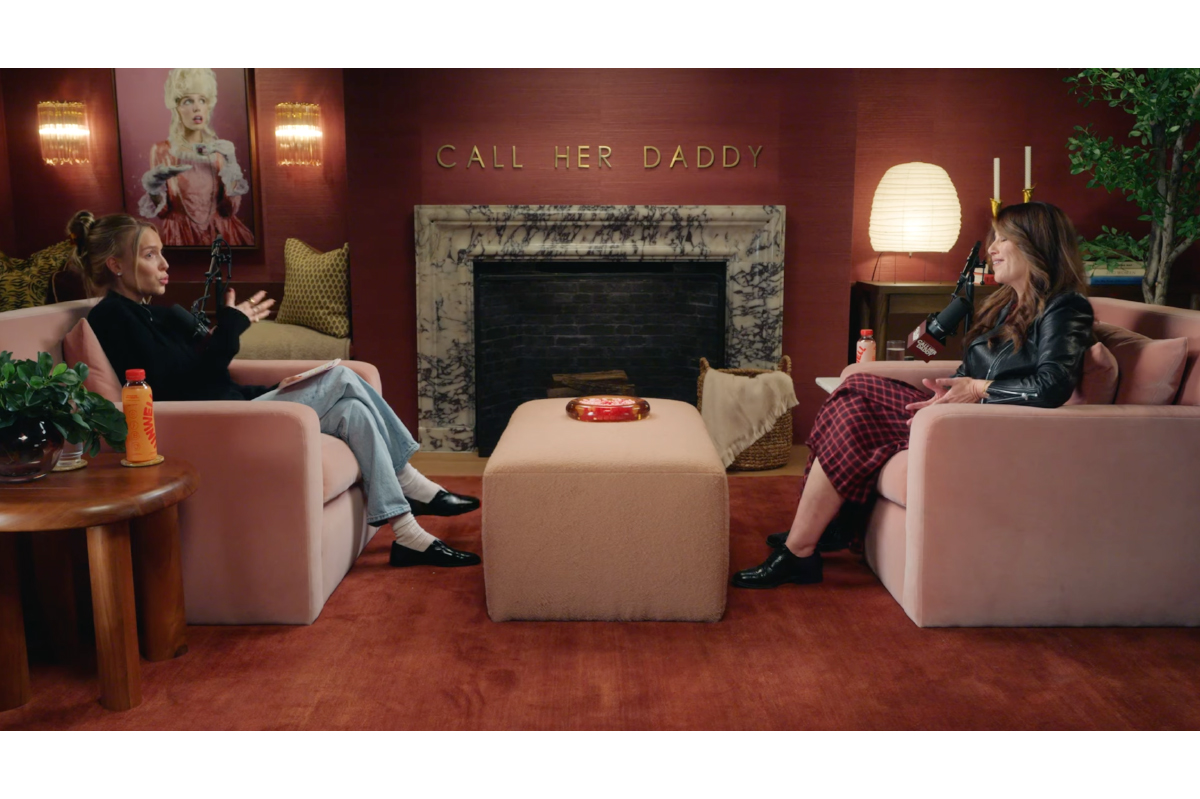It looks like Barbie is having another makeover: last week toy maker Mattel announced that they were launching a range of dolls to honor women in STEM, making miniature models of pioneers such as US healthcare workers Amy O’Sullivan and Dr Audrey Cruz, Canadian doctor and campaigner Dr Chika Stacy Oriuwa, and — of course — Oxford-AstraZeneca vaccine designer Professor Dame Sarah Gilbert.
Of all the accolades Gilbert has received this year — a damehood, the Albert Medal from the Royal Society of the Arts, a standing ovation at Wimbledon — I’m sure she is most thrilled by being immortalized as a pant-suited plaything.
While I am all for greater representation and diversity in toys designed for girls, I’m not convinced by Barbie’s feminist rebrand. It’s easy to see this as yet another example of a business trying to make a quick buck through virtue-signaling; Barbie’s sales had been nose-diving but the launch of various ‘special release’ additions (ranging from David Bowie to Rosa Parks) have helped to boost profits.
But the idea that swapping Barbie’s sequins for a stethoscope will somehow ‘inspire the next generation of girls into STEM careers’ is wishful thinking; at the end of the day, playing with a doll is still playing with a doll.
Mattel have tried this trick before: in 2015 they launched a new marketing campaign called ‘Imagine the Possibilities’ in which they tried to fix their brand image problem by focusing on the positives of imaginative play and pushing the idea that Barbie can teach young girls that they ‘can be anything.’ Yet Barbie’s association with various professions is nothing new — for decades we have had Astronaut Barbie (first launched in 1965), Firefighter Barbie (1995), Paratrooper Barbie (2000) and Baby Doctor Barbie (1994 — complete with tight pink jeans), to name a few.
These additions have no impact on broadening girls’ career aspirations. Take one study which found that girls are no more likely to consider medicine because they played with Doctor Barbie rather than Fashion Barbie, but girls who played with Barbies in general were more likely to have fewer career choices than girls who played with Mr Potato Head.
Why? Researchers suggest that this is because Barbie is ultimately a sexualized toy, and even if you give her glasses, a white lab coat and a clipboard, girls are still going to focus on her appearance rather than her accomplishments. The reasons behind this are complex, but ultimately we live in a hyper-sexualized society that affects everything from girls’ Halloween costumes to song lyrics. After all, who can forget the time Abercrombie and Fitch marketed push-up bikinis to girls as young as seven, and created a line of thong underwear in children’s sizes with the words ‘eye candy’ printed on them?
It’s no surprise that from a terrifyingly early age girls are aware of the value of beauty and sexuality. One study found that girls aged six to nine, when asked to pick the paper doll they would like to look like, were much more likely to choose a sexualized doll over a more lifelike one. And this is why Mattel’s latest ‘tribute’ is, to use Professor Dame Sarah Gilbert’s own words, so ‘very strange’. If parents genuinely want to expose their daughters to careers they may not be aware of, whether that be a vaccinologist or a genetic researcher, then giving them a piece of pretty plastic is hardly the best way to stimulate their intellectual curiosity.
Men dominate STEM industries for an array of reasons, but I can guarantee it is not because they played with Astrophysicist Action Man or Statistician Stretch Armstrong. They were, however, more likely to have been given other, more useful toys, like Lego or a toy telescope or a science kit. That’s not to say that playing with dolls is inherently bad; of course it can help children to develop empathy and social processing skills, and I personally used to happily spend hours playing with figurines (although admittedly these were Pokemon rather than My Little Pony). However, let’s not pretend that a doll can make a child enthusiastic about engineering.
You can hardly blame Professor Dame Sarah Gilbert’s rather bemused expression in the promotional photographs — after all, people with such accomplishments normally get large monuments in their likeness, or a Nobel Prize (although only 10 women have ever won these in Chemistry or Physics), and it’s hard to imagine a male scientist being transformed into a toy (a collectible Anthony Fauci, anyone?) Let’s just hope that parents see through this gimmick; if you want your child to be interested in biology, then give them a bug-collecting kit, not a Barbie.
This article was originally published on Spectator Life.

























